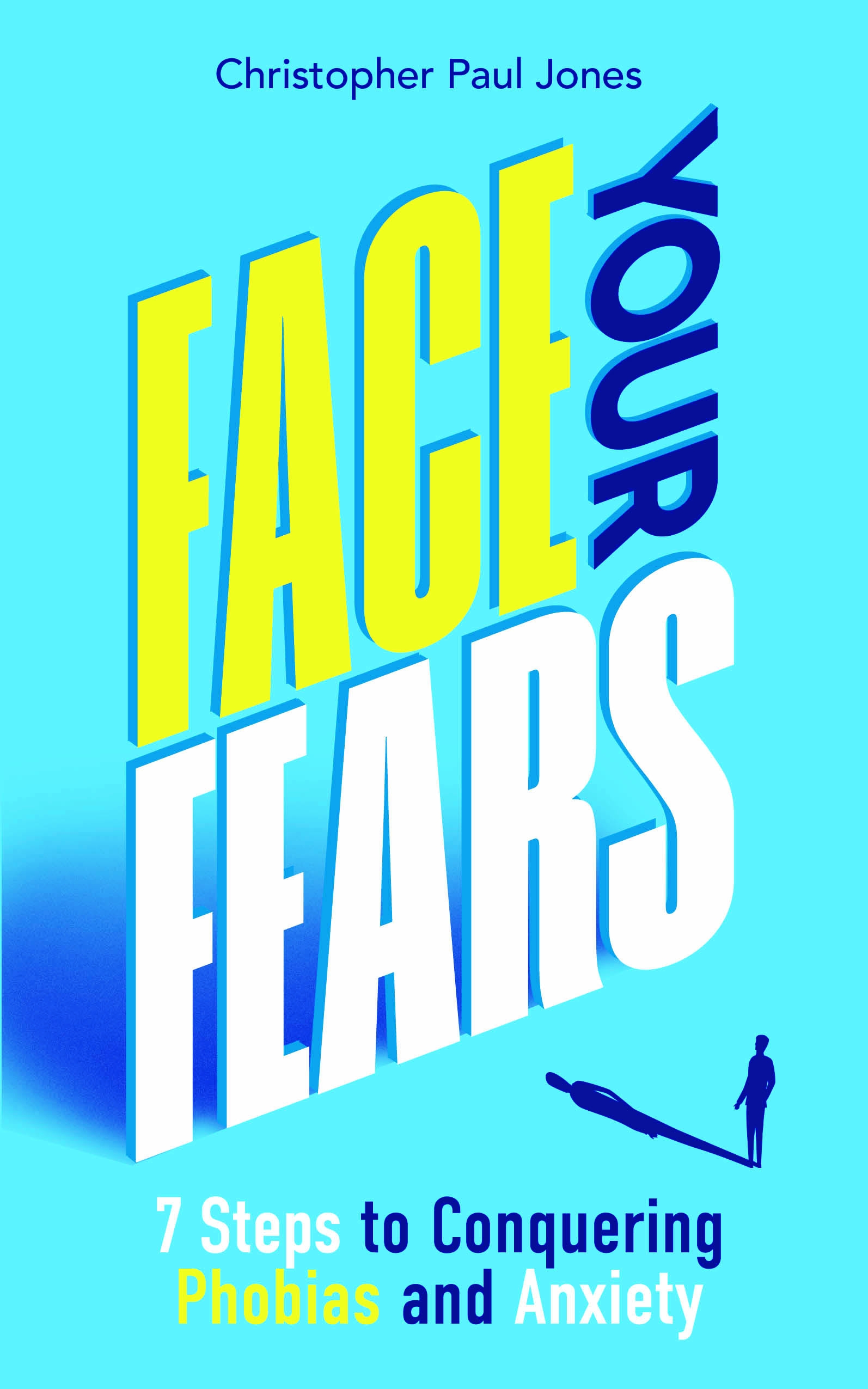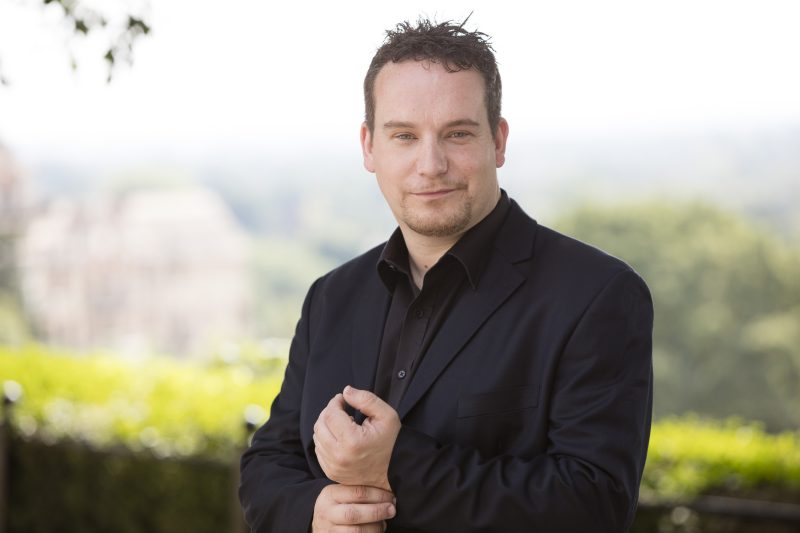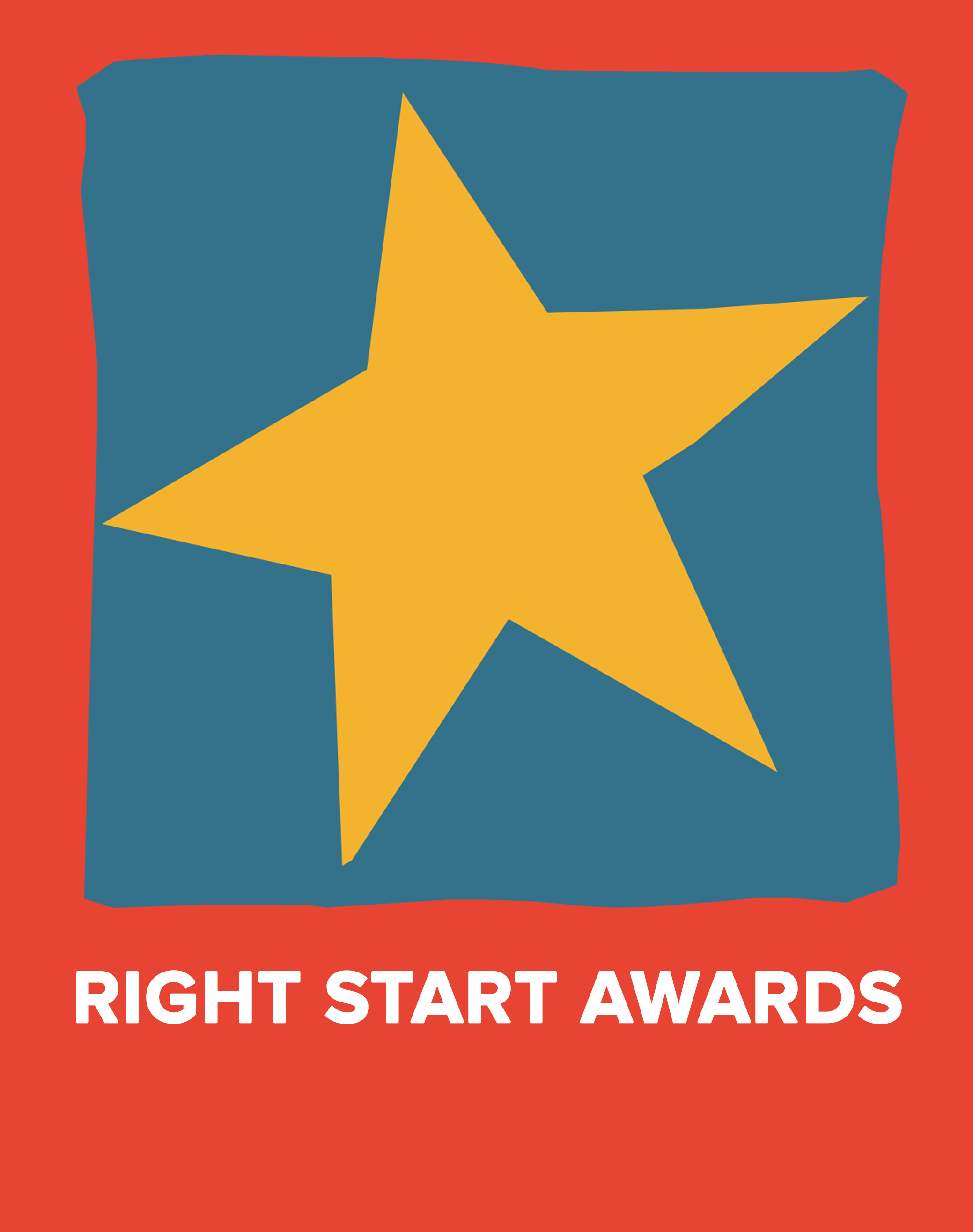Parenthood is becoming more stressful, according to new research. In a recent study by the American Psychological Association, parents report higher stress levels than adults without children, with almost half of parents feeling completely overwhelmed on most days. Only a quarter of non-parents reported similar feelings.
Stress triggers our body's primal fight or flight response, overseen by the sympathetic nervous system, which prepares us to respond to perceived threats by flooding our system with stress hormones. These hormones increase our state of readiness – which is helpful in dangerous situations but less so when continuously provoked by daily stressors. Chronic activation of this response can lead to severe health issues like cardiovascular disease, anxiety disorders and burnout.
One simple yet effective method to manage your stress and anxiety is
to focus on your breathing. Controlled breathing is more than just a
quick fix for momentary stress relief: it is a powerful tool that
directly impacts the parasympathetic nervous system, often referred to
as the ‘rest and digest’ system. It acts as a counterbalance to the
stress-induced activity of the sympathetic nervous system.
Engaging in deep breathing exercises during stressful times helps to
shift the body's balance away from the stress responses of fight, flight
or freeze and towards relaxation and restoration. Each breath acts as a
message to the brain that there is no immediate physical danger,
allowing our physiological functions to return to baseline levels. This
reduces the production of stress hormones, lowers blood pressure, and
slows the heart rate, leading to a state of calm and improved mental
clarity. And by activating the parasympathetic nervous system,
controlled breathing helps the body to conserve energy and recuperate
more efficiently after stress.
There are some stress-reducing breathing techniques you can use. Here are three to try.
Diaphragmatic breathing
This involves deep breathing through the diaphragm rather than
shallow chest breathing. When you breathe deeply through your diaphragm,
the lungs expand more fully, increasing oxygen exchange which can help
lower the heart rate and blood pressure. The diaphragm pushes down into
the abdomen, increasing the volume of the thoracic cavity and allowing
the lungs to expand more fully. This greater lung expansion leads to a
more significant intake of oxygen and more efficient expulsion of carbon
dioxide.
Here's how:
Position: Lie down on your back or sit comfortably, placing one hand
on your chest and the other on your abdomen to monitor your breathing
pattern.
Inhale: Slowly breathe in through your nose, ensuring that the
diaphragm (not the chest) inflates with enough air to create a stretch
in the lungs. Your abdomen should rise significantly more than your
chest.
Hold: Hold your breath for a few seconds.
Breathe out: Exhale slowly and steadily through the mouth, pursing
the lips slightly. The hand on your abdomen should move in as you empty
completely.
Repeat: Perform this cycle for 5-10 minutes to reduce stress and increase oxygen flow.
4-7-8 Breathing
Developed by Dr. Andrew Weil, this breathing pattern is designed to
be a natural tranquiliser for the nervous system. To practice, you
breathe in for a count of 4, hold the breath for a count of 7, and
exhale slowly for a count of 8. This helps to control the rhythm of
breathing and can be particularly effective in reducing anxiety or
helping to induce sleep.
The pattern of holding the breath and then slowly exhaling increases
the amount of carbon dioxide in the blood, which can help enhance the
cardiopulmonary connection. This breathing rhythm can influence the
brain’s chemistry through increased production of calming hormones like
endorphins.
Here's how:
Exhale: Begin by parting your lips and making a whooshing sound as you exhale completely through your mouth.
Inhale: Close your lips, inhaling silently through your nose as you mentally count to four.
Hold: Hold your breath for a count of seven.
Exhale: Again, exhale completely through your mouth, making a whooshing sound for a count of eight.
Repeat: This cycle is repeated for four full breaths and can be practiced twice a day to manage anxiety or before sleep.
Box Breathing
This technique, also known as square breathing, involves inhaling to a
count of four, holding the breath for four, exhaling for four, and
holding again for four. It's a method often used by athletes, police
officers and others in high-stress professions to regain calm and focus.
The equal timing of inhalation, holding and exhalation in a
controlled manner forces the autonomic nervous system to slow down,
bringing more focus to the present moment. This breathing pattern can
effectively modulate the stress response, helping to enhance performance
and concentration, particularly valuable in high-stress environments.
Here's how:
Inhale: Breathe in through the nose for four counts.
Hold: Hold the breath for four counts.
Exhale: Exhale all the air out through the mouth for four counts.
Hold: Hold the lungs empty for four counts.
Repeat: Repeat the process for several minutes.
Making it work for you
Understanding and utilising controlled breathing as a tool to
activate the parasympathetic nervous system is an important aspect of
stress management. With regular practice, anyone can harness the power
of breath to foster a more resilient and stress-free life amidst the
challenges of modern parenthood.
ABOUT THE AUTHOR
Christopher Paul Jones is a leading Harley Street phobia expert and
author of Face your Fears – 7 steps to conquering phobias and anxiety.
Having overcome his own phobias, and conducted 20+ years of research
across Europe, North America and Asia, Christopher has developed an
integrated approach combining mainstream psychology with cutting edge
techniques. He uses The Integrated Change System™ which aims to change
the mind’s danger response and leave people free and happy to enjoy
things they once found terrifying. Using this technique, a fear, anxiety
or phobia can be cured in as little as a session. Christopher’s clients
come from all over the world and include Hollywood actors, models,
musicians, presenters and celebrities.
Visit www.christopherpauljones.com
Face Your Fears https://www.amazon.co.uk/Face-...
YouTube: https://www.youtube.com/user/N...
Instagram: https://www.instagram.com/chri...
Facebook: https://www.facebook.com/Chris...
Twitter/X: https://twitter.com/breakthrue...
LinkedIn: https://www.linkedin.com/in/ch...













